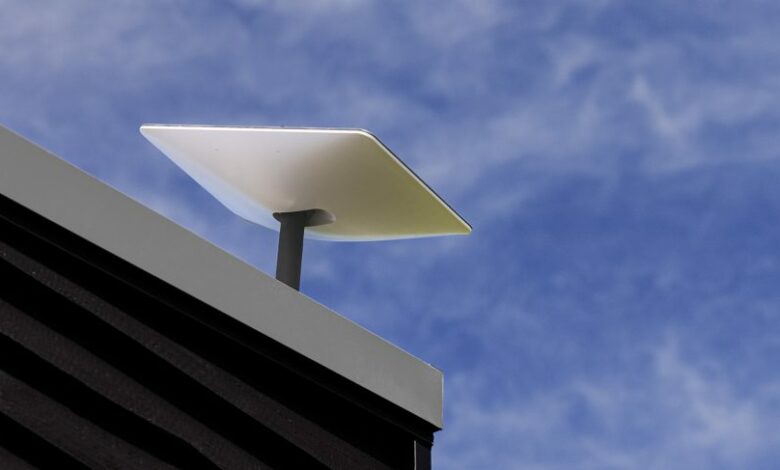SpaceX’s Starlink Triumph: No More Subsidies for Antennas as Financial Milestone Achieved
Jonathan Hofeller's Announcement Marks a Turning Point in SpaceX's Starlink Venture

SpaceX’s Vice President of Starlink, Jonathan Hofeller, made a groundbreaking announcement today, signaling a significant milestone for the company. In a statement, Hofeller revealed that SpaceX is no longer bearing the financial burden of producing Starlink terminals, marking a pivotal shift in their business strategy.
This development has been attributed to the remarkable scaling of production and the expansion of SpaceX’s Starlink service, which was initiated in 2019 with the launch of the first 60 satellites. Hofeller emphasized the pivotal role played by mass production of the terminals, referring to it as “one of our keys to success.”
“We were subsidizing terminals, but we’ve been iterating on our terminal production so much that we’re no longer subsidizing terminals, which is a good place to be,” stated Hofeller during his address at the World Satellite Business Week conference, as reported by CNBC.
Initially, the manufacturing cost for a Starlink antenna unit stood at approximately $3,000. However, by early 2021, SpaceX had managed to reduce this cost to around $1,300 per unit. While this price reduction was significant, it still exceeded the $599 price point at which consumers could purchase a terminal.
Remarkably, SpaceX seems to have now matched or even surpassed this $599 price with their manufacturing costs for a single unit, based on Hofeller’s recent comments. Scalability has been a hallmark of Elon Musk’s ventures, and while Tesla is often associated with scaling to achieve profitability, SpaceX has been on a similar trajectory.
In a significant turn of events, SpaceX reported a profit in the first quarter of 2023, demonstrating their ability to thrive in a competitive space industry.
Starlink has been a substantial financial commitment for SpaceX, and as of 2021, Elon Musk had acknowledged that the program had a long way to go before achieving financial viability. However, recent developments paint a different picture. Starlink launches are now occurring several times per month, and Hofeller described the rate of satellite deployments per month as “insane.”
With over 5,000 Starlink satellites launched to date and more than 4,500 still in orbit, the Starlink network has provided people worldwide with access to high-speed internet. Notably, Starlink has also played a crucial role in disaster relief efforts, as seen in its contribution to managing recent wildfires in Hawaii.
SpaceX’s commitment to supporting recovery efforts is evident in their shipment of over 650 Starlink kits to more than 40 organizations, aimed at aiding those who lost their homes due to the devastating fires.



